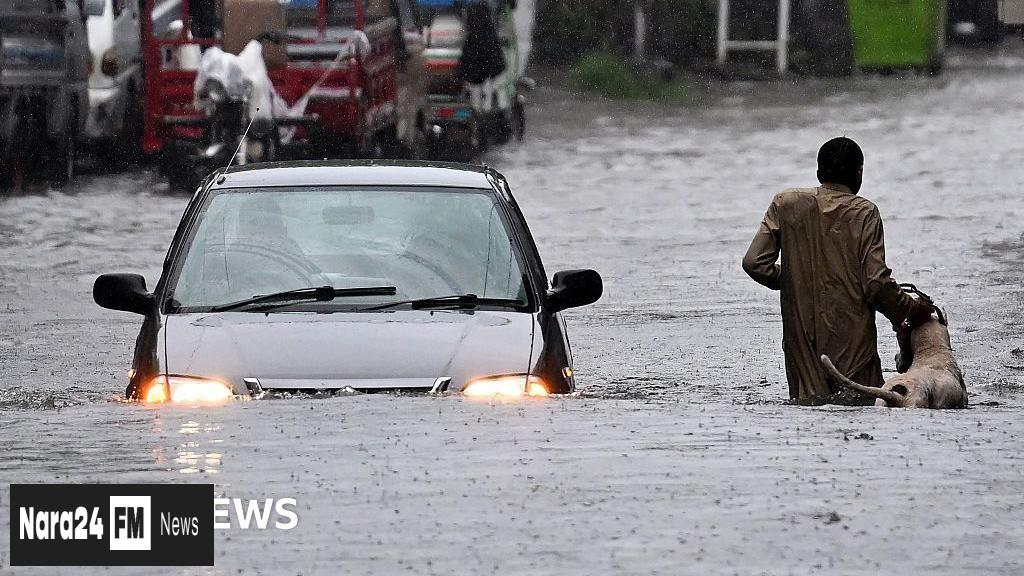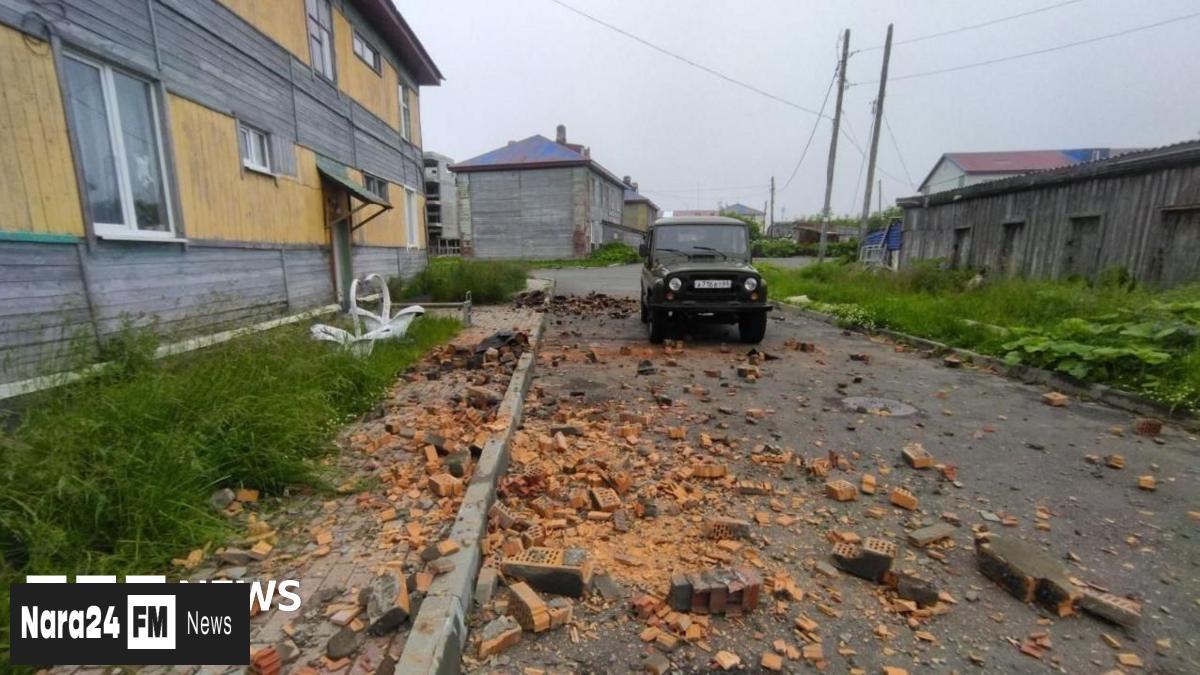In This Article
- Overview of Devastating Monsoon Rains in Pakistan
- Impact on Punjab Province
- Emergency Measures and Rescue Efforts
- Climate Vulnerability of Pakistan
- Historical Context of Monsoon Flooding
- Global Response and Future Preparedness
Key Takeaways
- At least 63 individuals have died and 290 others injured in Punjab province due to torrential monsoon rains within 24 hours.
- Nearly 180 people have died nationwide since the start of the monsoon season in late June, with over half of the victims being children.
- Authorities in Rawalpindi declared a public holiday to keep residents safe, urged evacuations near rivers, and closed expressways due to the heavy rains.
- Pakistan faces heightened vulnerability to climate change impacts, with monsoon deluges and rapid glacier melting exacerbating the situation.
Over a span of 24 hours, torrential monsoon rains have wreaked havoc in Pakistan's Punjab province, claiming the lives of at least 63 individuals and leaving 290 others injured. The downpours, which began on Wednesday morning, resulted in victims being crushed by collapsing structures, drowning, or electrocution, as reported by the National Disaster Management Authority.
Authorities in Rawalpindi, near the capital Islamabad, took precautionary measures by declaring Thursday a public holiday to keep residents safe at home. Those residing close to a river running through the city were urged to evacuate. The total death toll nationwide has now climbed to nearly 180 since the monsoon season commenced in late June, with over half of the victims being children.
The relentless rains have forced the closure of several expressways in Punjab, leading to numerous flight cancellations and delays. The Chief Minister of the province, Maryam Nawaz, announced an emergency declaration in various areas and emphasized the diligent efforts of government institutions in managing the crisis.
In heavily affected regions like Chakwal, where 400mm of rainfall inundated the city, rescue efforts were underway with boats scouring floodwaters to rescue stranded individuals. Military helicopters were deployed to survey extensively flooded areas. Punjab officials have cautioned that further rains and flash floods are anticipated over the weekend, prompting thousands of rescuers to be on standby.
Pakistan, with a population of nearly 250 million, faces heightened vulnerability to climate change impacts. The country endures the impacts of two distinct weather systems, with one leading to droughts and high temperatures, and the other bringing about monsoon deluges. Additionally, Pakistan is home to over 13,000 glaciers that are rapidly melting.
In 2022, monsoon floods submerged a significant portion of the country, resulting in the loss of 1,700 lives and economic damages surpassing $30 billion. The following year, the United Nations Secretary-General appealed to the global community to aid Pakistan in recovering from the catastrophic floods, highlighting the country's double jeopardy due to climate change and global financial disparities.
As Pakistan grapples with the aftermath of these devastating monsoon rains, the nation remains in a state of alertness, bracing for potential further impact from the relentless downpours.








Comments (0)
Leave a Comment
Be the first to comment on this article!